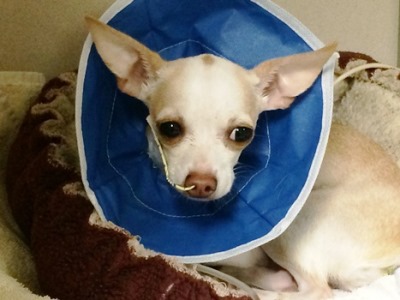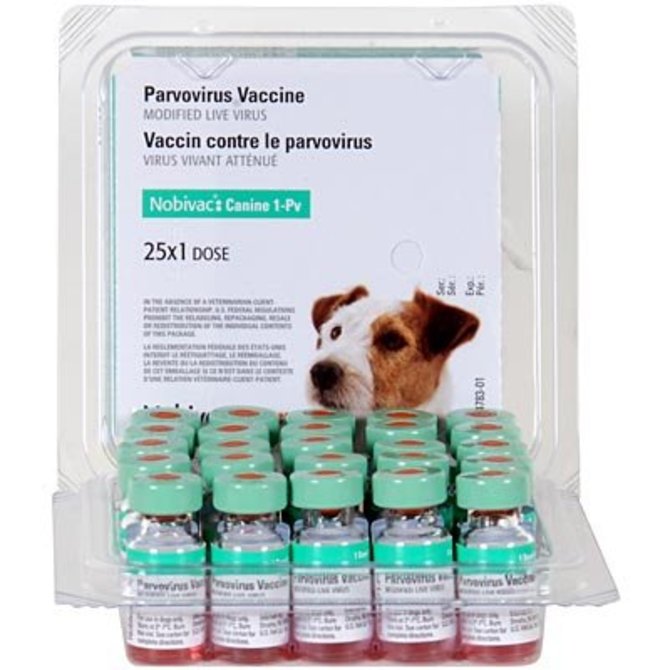This week we finish our discussion of parvovirus infection in dogs. I reviewed the origins and diagnosis of this viral disease last week. For this post, I will focus on treatment and prevention. Happy reading!
Parvovirus – How is it treated in-hospital?
I won’t beat around the bush when it comes to treating canine parvovirus. This is a potentially deadly virus. Affected dogs typically require substantial intensive care. They often require hospitalization for at least a week. Effective treatment can be expensive. Some may attempt to treat these very sick pets conservatively due to a family’s limited financial resources. That’s fine and admirable. Some of those pets will survive. Yet, more often than not, many will succumb to infection without aggressive around-the-clock critical care. The survival rate with appropriate care is approximately 80-90%. That means most will survive, but sadly some will die despite receiving the best possible veterinary healthcare. Partnering with a board-certified veterinary emergency and critical care specialist can be instrumental for maximizing the likelihood of a positive outcome.
Traditional therapies for dogs with parvovirus include:
- Extensive monitoring – In additional monitoring vital signs like heart rate, body temperature, and respiratory rate, patients with canine parvovirus benefit from serial evaluations of several values including body weight, electrolytes (i.e.: sodium, potassium), lactate, white blood cell count, and major protein levels. By frequently evaluating these levels, veterinarians are able to adjust a patient’s treatments appropriately
- Fluid therapy – Remember canine parvovirus causes patients to defecate large volumes of diarrhea. They also frequently vomit. This combination is a recipe for marked fluid loss that causes severe dehydration. Intravenous fluids are integral to replace this lost fluid and to help correct any electrolyte and blood sugar abnormalities.
- Antibiotic therapy – By attacking crypt cells in the intestinal tract, canine parvovirus dramatically damages the intestinal protective lining. One of the sequelae of this destruction is the potential for bacteria in this location to gain entry into the bloodstream. Intravenous antibiotics help fight this infection. Such therapy is considered uniquely important since infected patients have very low white blood cell counts and are subsequently unable to mount an effective immune response. Oral antibiotics are initially not thought to be very effective because they will be poorly absorbed in the damaged intestinal tract.
- Nutritional support – One of the best ways to help the intestines repair itself is to provide the nutritional building blocks – proteins, carbohydrates, and fats – to do so. Unfortunately, most infected dogs are extremely nauseated and/or are outright vomiting. So they don’t often want to eat on their own. I don’t recommend force-feeding any patient. Such practice can cause more harm than good by creating food aversion. This means a pet won’t eat even when they are clinically well because they have a bad memory of food being forced upon them when they were sick. To avoid force feeding patients who are unwilling to eat an adequate amount of calories, veterinarians often use temporary supplemental feeding tubes just like those used for people. These tubes are placed non-invasively, are very well-tolerated by patients, and can be life-saving.

- Anti-nausea therapy – Patients with canine parvovirus are extremely nauseated. This nausea contributes to their lack of appetite. Yet as we have discussed, proper nutrition is vital. Veterinarians will administer anti-nausea drugs, as well as medications that promote proper intestinal motility to reduce nausea in infected patients.
Veterinarians may recommend other various non-traditional therapies depending on a patient’s overall condition. These treatments have shown consistent benefit in clinical studies, but anecdotal evidence suggests some patients may benefit from them. These interventions include:
- Transfusions of plasma – blood is composed of a protein-rich fluid and red blood cells; the former is called plasma. Some of the proteins in plasma may help some patients infected with canine parvovirus
- Administration of oseltamivir (Tamiflu®) – this antiviral medication can impair the ability of the parvovirus to replicate itself. Therapy appears most effective when administered early in the course of infection
- Infusion of septi-serum – this product contains antibodies from horses that bind toxin products from intestinal bacteria than enter the bloodstream
- Granulocyte colony stimulating factor (Neupogen®) – this product helps the bone marrow release white blood cells from the bone marrow
Parvovirus – Is outpatient treatment possible?
I’ve spent a lot of time discussing the intensive therapies traditionally indicated to maximize recovery from canine parvovirus. Obviously there is a price tag associated with such interventions. Yet the reality is not every family can afford such critical care. Does this mean puppies belonging to families that can’t afford hospitalized care should be euthanized? Not necessarily! In 2012, a study conducted at Colorado State University’s College of Veterinary Medicine and Biomedical Sciences investigated an outpatient treatment protocol for dogs diagnosed with parvovirus. Outpatient therapies included:
- 2 hours of intravenous fluids given in hospital followed by subcutaneous fluids given threes times per day at home
- Rectal body temperature monitoring
- Injection of a depot antibiotic drug called cefovecia (Convenia™)
- Daily subcutaneous injection of an anti-nausea medication called maropitant (Cerenia™)
- Syringe feeding Hill’s Prescription Diet™ a/d (1 mL of food for every kilogram of body weight) every 6 hours
- Pain medication when needed
Blood glucose/sugar and electrolytes (i.e.: sodium, potassium, etc.) should be ideally evaluated daily. Glucose and potassium were supplemented when indicated. When this protocol was followed, infected puppies had an 80% survival rate. Outpatient treatment should not be considered a substitute for in-hospital standard of care. However, a family’s inability to pay for in-hospital care should not be an automatic death sentence for patients with canine parvovirus. Indeed, some may make a complete recovery with aggressive outpatient care.
Parvovirus – Can it be prevented?
Puppies who ingest colostrum – the antibody-rich milk produced by mother’s during the first couple days of life – will gain some antibodies against canine parvovirus IF the mother has been previously vaccinated against this disease. However, the level of maternal antibodies drops ~50% every 10 days, leaving puppies with no protection after ~3-4 months.
Maternal antibodies can interfere with the canine parvovirus vaccine. The more maternal antibody a puppy has, the longer it will take for the antibody level to wane and for the vaccine to be ultimately effective. Why? The virus in the vaccine is attacked by the antibodies, thus neutralizing the virus. While this may sound like a good thing, it isn’t what we want. Rather we want a dog’s immune system to react to the virus and make more antibodies – its own antibodies – against canine parvovirus.
Canine parvovirus vaccines are available in live or killed versions. The latter are associated with more adverse reactions due to the stabilizing chemicals used. Most live parvovirus vaccines are termed “high titer” vaccines. This simply means they contain more virus than traditional vaccines. Why might this be beneficial? When injected, some of the live virus will be attacked by antibodies from the mother. “High titer” vaccines provide more virus to which a puppy’s own immune system can react, stimulating the formation of new protective antibodies. The number of vaccines isn’t what is important per se. Rather, the vaccines have to penetrate maternal antibodies. To achieve this goal, most puppies need a series of 3-4 vaccines, each spaced 2-4 weeks apart.
The take-away message about treatment and prevention of canine parvovirus…
Puppies with canine parvovirus require aggressive, around-the-clock, intensive care to maximize the likelihood of survival. The majority will survive with appropriate care that includes intravenous fluids and antibiotics, as well as nutritional support and medications to control nausea. Working with a board-certified veterinary emergency and critical care specialist can be uniquely helpful for maximizing survival. Effective vaccines are available to provide long-term immunity.
To find a board-certified veterinary emergency and critical care specialist, please visit the American College of Veterinary Emergency and Critical Care.
Wishing you wet-nosed kisses,
cgb






